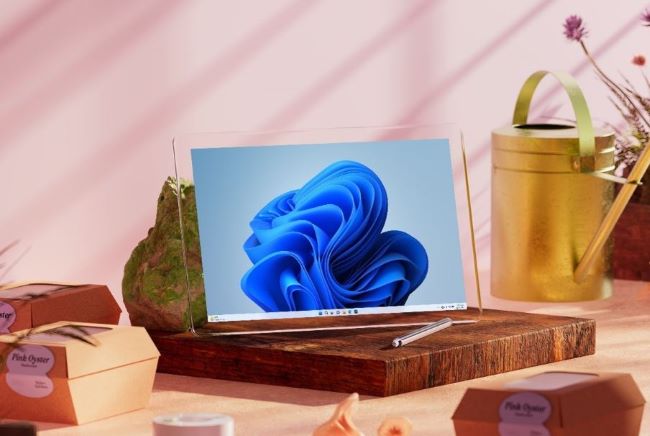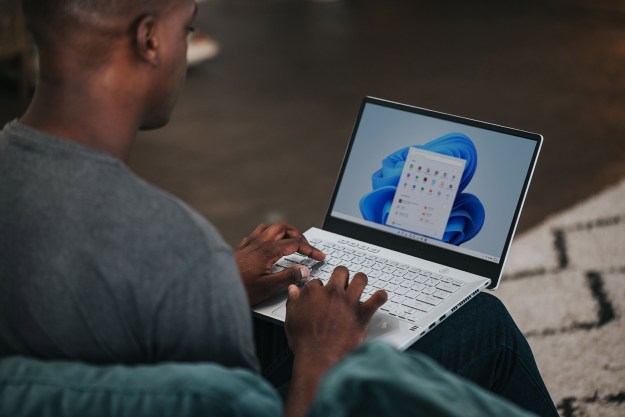Microsoft hasn’t shared public details about the next major version of Windows, but more information is starting to leak out. This next version of Windows, which will presumably be called “Windows 12, is being developed as a more modular and modern operating system.
That report comes from Windows Central, which claims a source indicated that a new project is being worked on under the code name CorePC. This is intended to be the next generation of Windows Core OS, a long-developed concept that has never come to fruition as a finished product.

Microsoft has long worked to create a Universal Windows Platform (UWP) that does not rely on compatibility with legacy features and applications, and can have a light OS that favors updates that are faster to install and have greater security. The brand has attempted such projects with systems including Windows 10X, however, that operating system was canceled in 2021, along with the Surface Neo device it was supposed to run on. Elements of the UI were carried over to Windows 11, but the larger concept seems to have been abandoned.
However, Windows Central has now learned that Microsoft is ready to try again with a fresh project, CorePC, which will shift away from trying to develop a product that will ship “on top of Windows Core OS for traditional PCs.” Instead, the company will focus on bringing “native compatibility for legacy Win32 applications on devices.”
The CorePC project is expecting to make a version of Windows that is “modular and customizable,” which will allow PCs to host different “editions” of Windows that feature their own tiers of support. That means different capabilities for different form factors and PCs. Microsoft has tried and failed at this many times over the years.
This report comes on the heels of rumors of preliminary specs for the consumer OS, Windows 12, which is code-named “Next Valley.” The system is expected to be compatible with Intel’s 14th Gen Meteor Lake-S desktop, the Pluton coprocessor, TPM 2.0, and at least 8GB of

Notably, Microsoft also ended the waitlist program for Win32 apps in the Microsoft Store in late May 2022. It allows applications compatibility with the Microsoft Store, in particular those that run on C++, WinForms, WPF, MAUI, React, Rust, Flutter, and Java, — as long as they run on Windows.
CorePC will also reportedly have aspects similar to iPadOS or Android, where the read-only partitions are inaccessible to the user and third-party apps, allowing for greater security, according to the publication.
The new project also represents Microsoft’s effort to refashion Windows in accordance with its new artificial intelligence initiatives. This is a common theme from the brand recently in its introduction to AI. Applications such as Microsoft Teams and Bing Search (in the form of Bing Chat) have similarly been revamped from the ground up. Some of the AI features to be included in CorePC are on-display analysis, starting projects from prompts, identifying images, and AI cut-and-paste.
With a prospective launch date as the next major version of the Windows client of 2024, CorePC has a lot of competitors, including Chromebooks and Windows via Project Latte, Windows Central also claims Microsoft is working on a version of the OS that is “silicon-optimized … in a way similar to that of Apple Silicon.”
Editors' Recommendations
- The next big Windows 11 update has a new hardware requirement
- The most common Windows 11 problems and how to fix them
- My most anticipated laptop of the year just got leaked
- Windows 11 vs. Windows 10: finally time to upgrade?
- Windows 11 24H2 or Windows 12? Here’s what’s coming soon




